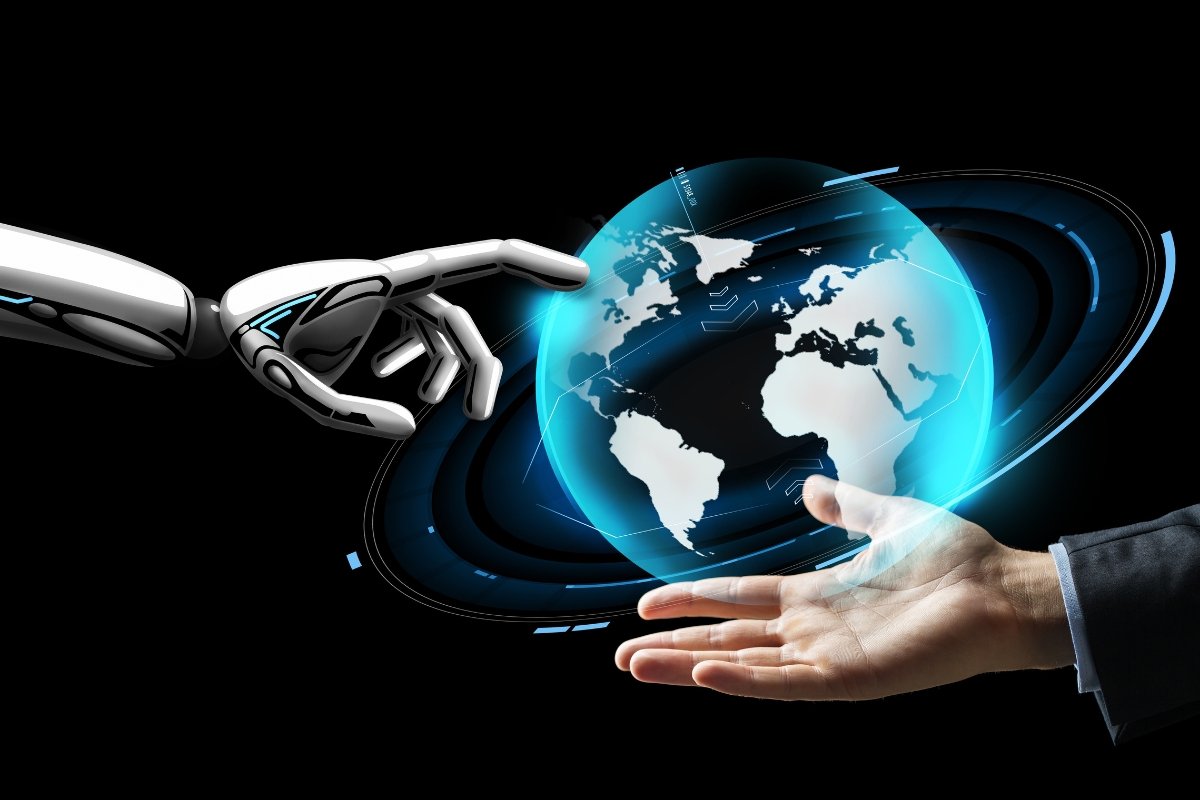Discover why Japan is replacing humans with robots. Learn how demographics, AI, and automation are transforming Japanese industries and what this means for our global future.
Table of Contents
Introduction
Hey there, friend! If yo have ever wondered why Japan is replacing humans with robots, you are not alone. I have been discuss deep into this topic, and trust me, it’s more than just cool tech or futuristic hype. There’s a real story behind it and I am here to walk you through it in plain English.
Let’s face it robots are taking over jobs in Japan, but not because people are lazy or being replaced on a whim. This shift is all about survival, innovation, and adapting to some serious economic and demographic changes. So, let’s explore what’s really going on.
The Real Reason Japan Is Relying on Robots
Japan is facing a demographic crisis. I mean, seriously by 2050, more than 35% of their population is expected to be over 65. That’s wild, right?
This aging population means fewer working-age folks are available. There just are not enough hands to keep the industries running especially in manufacturing, logistics, and services.
So what’s Japan doing? They are plugging this labor gap with industrial robots and I get why. These machines don’t need bathroom breaks, lunch, or paid vacation. They just work fast, precise, and 24/7.
How AI Is Changing the Game
Here’s where it gets even more interesting. The robots we are talking about are not like the clunky ones you see in old-school movies. Nope. These are powered by Artificial Intelligence (AI), which means they can:
- Learn from experience (yep, like a mini-brain)
- Make real-time decisions
- Adapt to changes in the environment
- Detect humans nearby to avoid accidents
Companies like FANUC, Kawasaki Heavy Industries, and Yaskawa Electric are leading the charge. They have built robots that can weld, assemble electronics, and integrate into smart production lines.
It’s not just about physical tasks anymore these bots are becoming problem-solvers.
Can Robots Fully Replace Humans?
Short answer? Nope. Not entirely.
You see, robots still struggle with the stuff we humans do best:
- Creativity
- Emotional intelligence
- Complex decision-making
- Problem-solving in unpredictable situations
And let’s not forget someone needs to program and maintain these machines. That means skilled engineers, tech specialists, and software pros are more in demand than ever.
So, even if you hear that Japan is going full robot-mode, the human touch is still irreplaceable.
Read More Best Humanoid Robots in 2025 | Real Costs, Features & Which One’s Worth Your Money
What Other Countries Are Doing
This is not just a Japan thing, by the way. Let’s take a quick look around the world:
CN China
China’s rising labor costs are pushing them to automate too. With its “Made in China 2025” plan, the country is all-in on robotics especially in automotive and electronics manufacturing.
DE Germany
Germany is Europe’s automation powerhouse. Companies like BMW and Volkswagen rely on high-end robots for precision tasks.
US United States
Over in the U.S., you have got Tesla and Amazon leading the pack. Automation here is about cutting costs and increasing efficiency, especially in logistics.
KR South Korea
Believe it or not, South Korea has the highest number of robots per 10,000 workers. Giants like Samsung and Hyundai use automation to keep ahead in electronics and automotive industries.
The Human-Robot Partnership
Here’s the truth you need to hear the future is not robots vs. humans it’s robots with humans.
Robots are tools. You and I? We bring the strategy, the empathy, the big ideas. As automation grows, you will see more roles popping up in:
- Robotics engineering
- AI development
- Human-robot collaboration management
- Creative industries like design, education, and mental health
Reskilling and upskilling are going to be key. If you are thinking about your future, tech know-how + creativity is a golden combo.
FAQ About Why Japan is Replacing Humans with Robots
Q. Is Japan really replacing all workers with robots?
Ans. Nope. Robots are filling gaps caused by labor shortages, but humans are still crucial for innovation, creativity, and complex tasks.
Q. Which industries in Japan use the most robots?
Ans. Manufacturing, logistics, electronics, and automotive industries are leading the way.
Q. Are Japanese robots powered by AI?
Ans. Absolutely. AI allows these machines to adapt, learn, and work in complex environments.
Q. What’s the risk of unemployment?
Ans. There’s always a risk, but governments are working on reskilling programs to support the transition.
Q. Can this trend spread globally?
Ans. It already is. Countries like China, the U.S., and Germany are automating fast but each has its own approach.
Conclusion
So, why is Japan replacing humans with robots? It’s not just tech obsession it’s a response to deep challenges like aging populations and labor shortages.
If you are in the workforce today, especially in the U.S. (yep, I am looking at you!), this shift is not just about Japan. It’s about all of us. The goal is not to fear robots. it’s to work with them, and let them handle the grind so we can focus on what really matters.
Let’s build a future where automation boosts our lives not takes them over. Sound good?





Pingback: Beginner’s Guide to Industrial Robots in 2025 | Types, Applications, and Benefits - Pickn Reviews